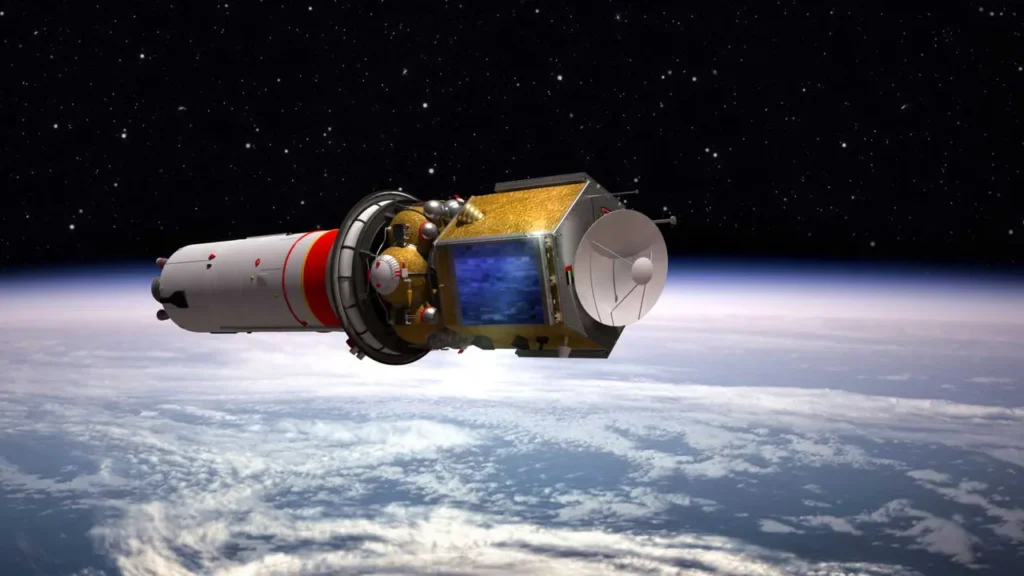Nation Plans to Land Autonomous Rover on the Moon by 2026
The United Arab Emirates (UAE) is reaching for the stars once again. After the success of the country’s first lunar mission, the UAE Space Agency has announced its second and most ambitious lunar mission yet—an autonomous rover that will land on the moon by 2026.
This bold announcement shows the country’s growing leadership in space exploration and science. The new mission reflects the UAE’s long-term goal of becoming a global hub for space technology, innovation, and discovery.
Building on the Success of Rashid Rover
The UAE made headlines in 2022 when it launched the Rashid Rover, the Arab world’s first lunar mission. Although the rover didn’t land successfully, the mission gave Emirati scientists and engineers valuable experience. It was a strong start for the young space program and showed the UAE’s determination to play a key role in space exploration.

Now, the UAE is ready to try again—with even bigger goals.

According to top officials, the second lunar mission will build on lessons learned from the Rashid Rover. This time, the team aims not only to reach the moon but to land safely and begin scientific research with an upgraded autonomous rover. This rover will explore new areas of the moon’s surface and send back important data that can help scientists around the world.
A Smarter, Stronger Lunar Rover
The new rover, which has not yet been named, will be fully autonomous. This means it will be able to navigate, make decisions, and conduct experiments without needing constant instructions from Earth.
Engineers are designing the rover to handle the extreme temperatures and tough conditions of the moon’s surface. It will be equipped with high-resolution cameras, advanced sensors, and tools to study lunar soil, surface temperatures, and radiation levels. All of this will support future missions and help prepare for the long-term goal of establishing human settlements on the moon and beyond.
The UAE Space Agency is also considering international collaborations for this mission. Working with partners such as NASA, the European Space Agency (ESA), and private companies will bring in new technologies and ideas. It will also show the world that the UAE is a trusted and serious player in space exploration.
Why the Moon Matters
The moon may seem far away, but it holds many secrets that scientists are eager to unlock. It can help us learn about the early history of the Earth and the solar system. It’s also a testing ground for technologies that could one day be used on Mars and other planets.
By landing a rover on the moon, the UAE is not just exploring space—it’s also investing in its future. The mission will inspire young people to study science, technology, engineering, and math (STEM). It will create jobs, support research, and grow the country’s knowledge economy.
This mission is part of a bigger vision that includes launching satellites, sending missions to Mars, and eventually building a colony on the Red Planet. Each step brings the UAE closer to becoming a major force in the new space age.
A Vision Led by Ambition
The UAE’s leaders have always believed in dreaming big—and turning those dreams into reality. Under the guidance of His Highness Sheikh Mohammed bin Rashid Al Maktoum and the UAE Space Agency, the country’s space journey has moved quickly from vision to action.

In just a few years, the UAE has launched satellites, sent astronauts to the International Space Station, and even reached Mars with the Hope Probe in 2021. The second lunar mission shows that the UAE is not slowing down. In fact, it’s just getting started.
Top officials at the UAE Space Agency say this mission is about more than technology—it’s about leadership, inspiration, and making a global impact.
Training the Next Generation
One of the key goals of the second lunar mission is to empower the next generation of Emirati scientists, engineers, and space explorers. Young people in the UAE are being given the chance to work on the mission, from designing parts of the rover to analyzing the data it collects.
The space agency is also launching new training programs, workshops, and university partnerships. These efforts are meant to build a strong local talent pool and give students real-world experience in science and technology.
The hope is that some of these students will one day help lead future missions to the moon, Mars, and beyond.
2026: A Date With the Moon
While the exact launch date has not been announced, officials say the rover will head to the moon in 2026. The next few months will be busy with design work, testing, and preparing the spacecraft for launch. The team must also choose a landing site on the moon and get the necessary approvals from international space organizations.
Once the rover lands, it is expected to operate for several lunar days—each lunar day lasting about 14 Earth days. During this time, the rover will collect and send valuable information back to Earth.
Every step of the mission will be followed closely not just in the UAE, but around the world.
A Proud Moment for the Arab World
This second lunar mission is more than a scientific journey—it’s a symbol of hope and pride for the Arab world. It shows that a country in the region can lead in one of the most advanced and competitive fields of modern science.
The UAE’s achievements in space are already inspiring other countries in the region to launch their own programs and invest in technology and innovation.
For young Arabs, especially those interested in science and space, this mission proves that nothing is impossible.
Final Thoughts
The UAE’s second lunar mission is a bold step toward the future. With plans to land an autonomous rover on the moon by 2026, the country is proving once again that vision, ambition, and teamwork can turn dreams into reality.
Also read: UAE Launches Ambitious Green Campaign to Planting 10 Million Trees













